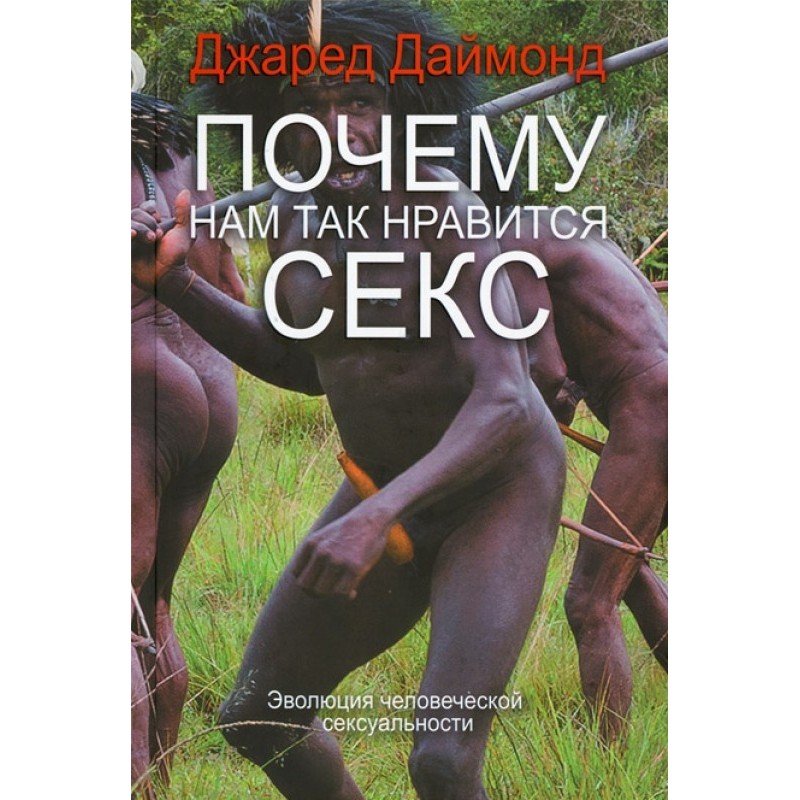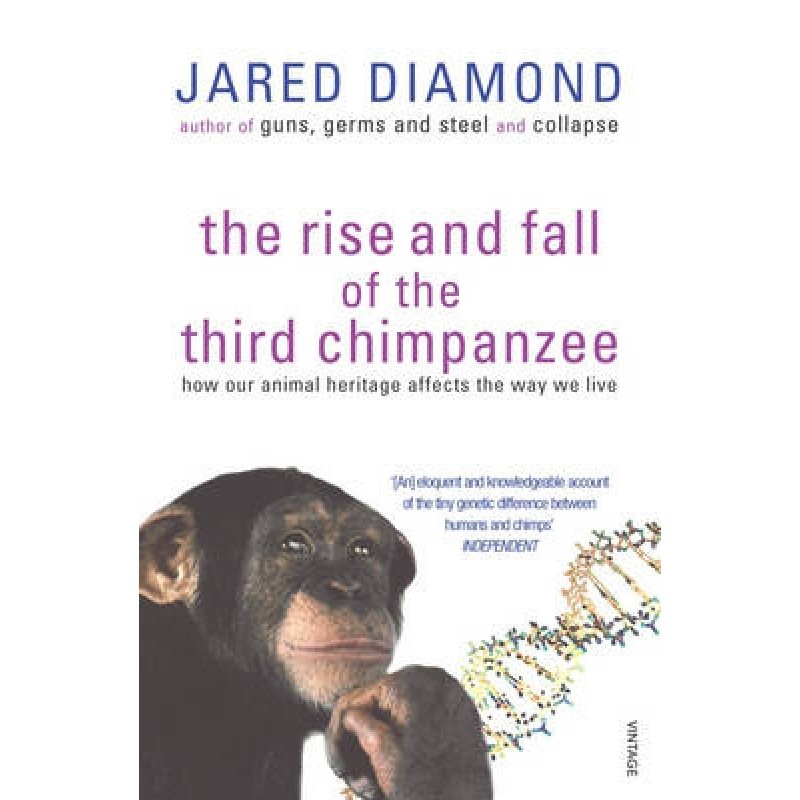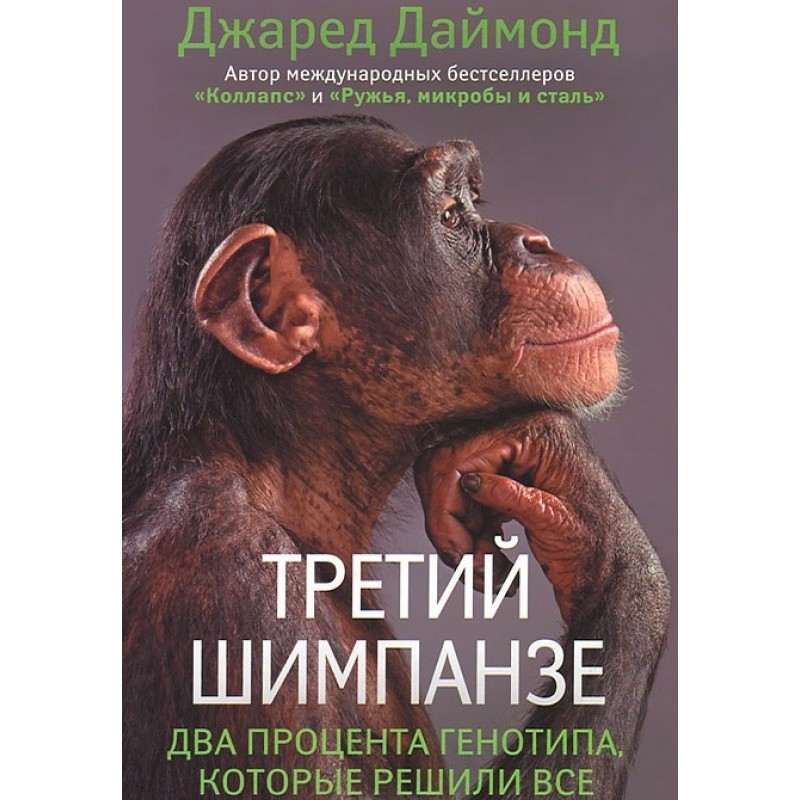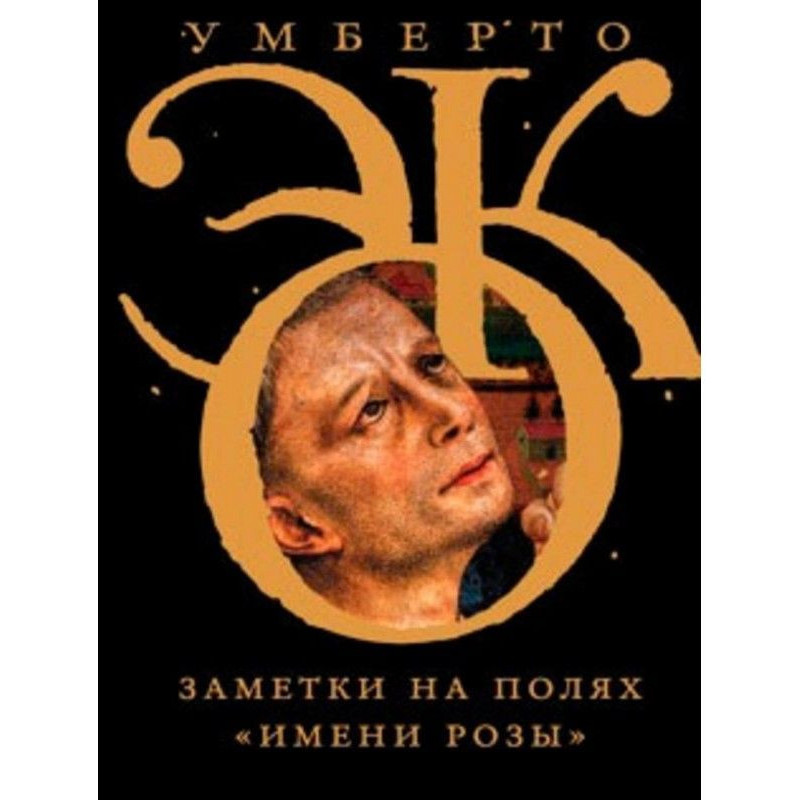Guns, germs and steel
 Instant download
Instant download
after payment (24/7)
 Wide range of formats
Wide range of formats
(for all gadgets)
 Full book
Full book
(including for Apple and Android)
This book by American ornithologist, physiologist and geographer Jared Diamond became an international bestseller and brought its creator the prestigious Pulitzer Prize, immediately turning the academic scientist into a star of the first magnitude. The question of why different regions of our planet developed so unevenly occupies many people today - for what reasons, for example, the Australian aborigines were never able to get out of the Stone Age, while Europeans learned to produce complex tools, build spaceships and transfer accumulated knowledge for next generations? Based on data from geography, botany, zoology, microbiology, linguistics and other sciences, Diamond convincingly argues that the asymmetry in the development of different parts of the world is not accidental and is based on many natural factors - such as habitat, climate, the presence of animals and plants suitable for domestication and even the outlines and size of continents. Citing many fascinating examples from his own rich experience of observing peoples commonly called “primitive”, as well as from world history, Diamond builds a coherent and convincing theory that allows the reader to rethink the hidden mechanisms of the development of human civilization.
Data sheet
- Name of the Author
- Джаред Даймонд Мэйсон
- Language
- Ukrainian
- Release date
- 2010
- Translator
- Максим Владиславович Колопотин
Reviews
Вражаюча та глибока книга, яка змінює погляд на історію людства!
"Рушниці, мікроби та сталь" - це не просто наукова праця, а справжня подорож у глибини людської цивілізації. Джаред Даймонд майстерно сплітає різноманітні наукові дисципліни, щоб пояснити, чому деякі суспільства розвивалися швидше за інші. Його аналіз географічних, екологічних та культурних факторів, що вплинули на розвиток цивілізацій, є надзвичайно переконливим і логічним. Книга наповнена цікавими прикладами, які допомагають зрозуміти, як природні умови формують історію народів. Я вважаю, що це обов'язкове читання для всіх, хто цікавиться історією, соціологією чи антропологією. Хоча переклад тексту може містити незначні недоліки, це не зменшує цінності та значущості самого змісту. Даймонд відкриває нові горизонти для розуміння людської історії, і я безумовно рекомендую цю книгу всім, хто прагне глибше зрозуміти, чому світ виглядає так, як він є сьогодні!
























